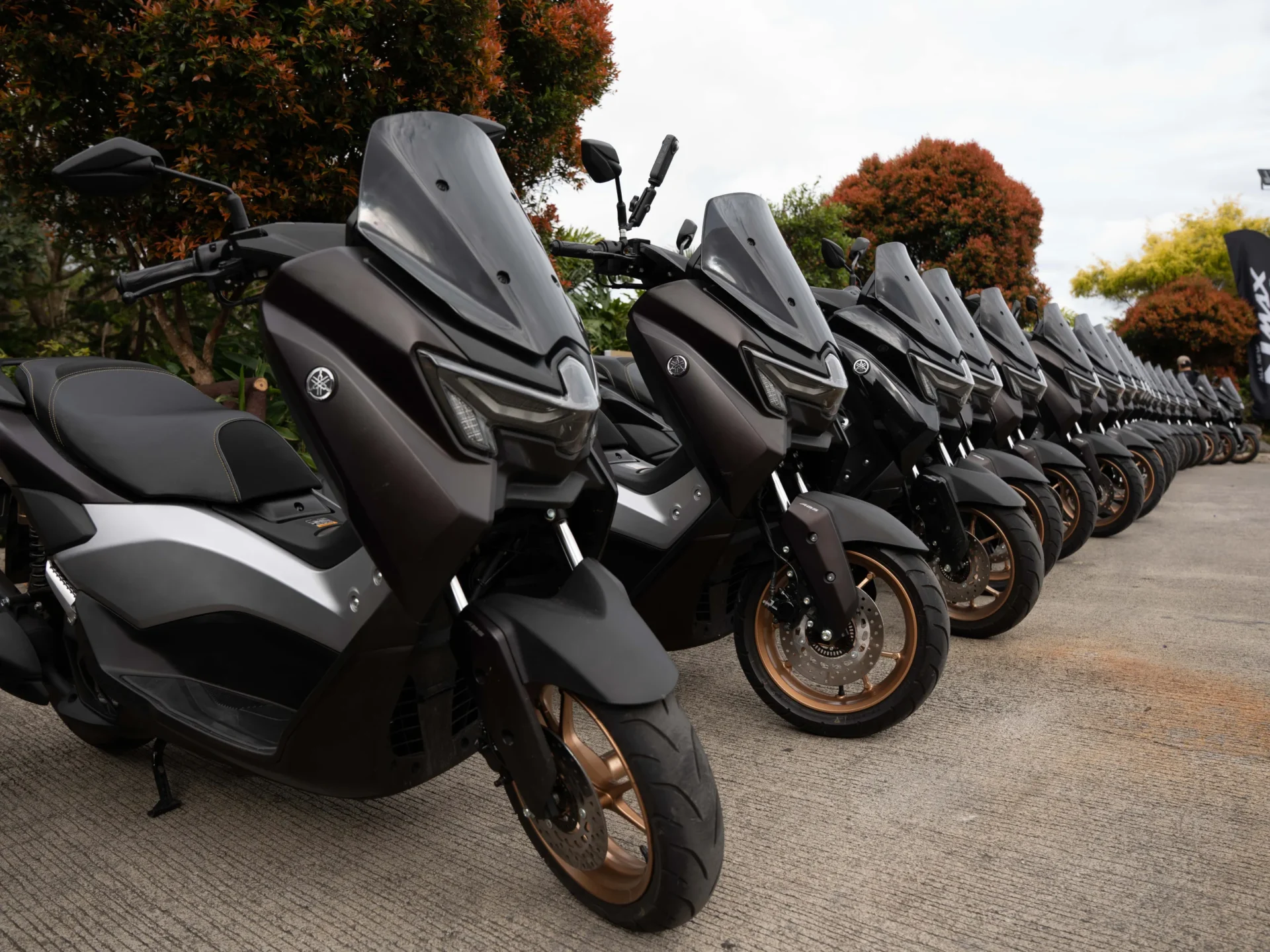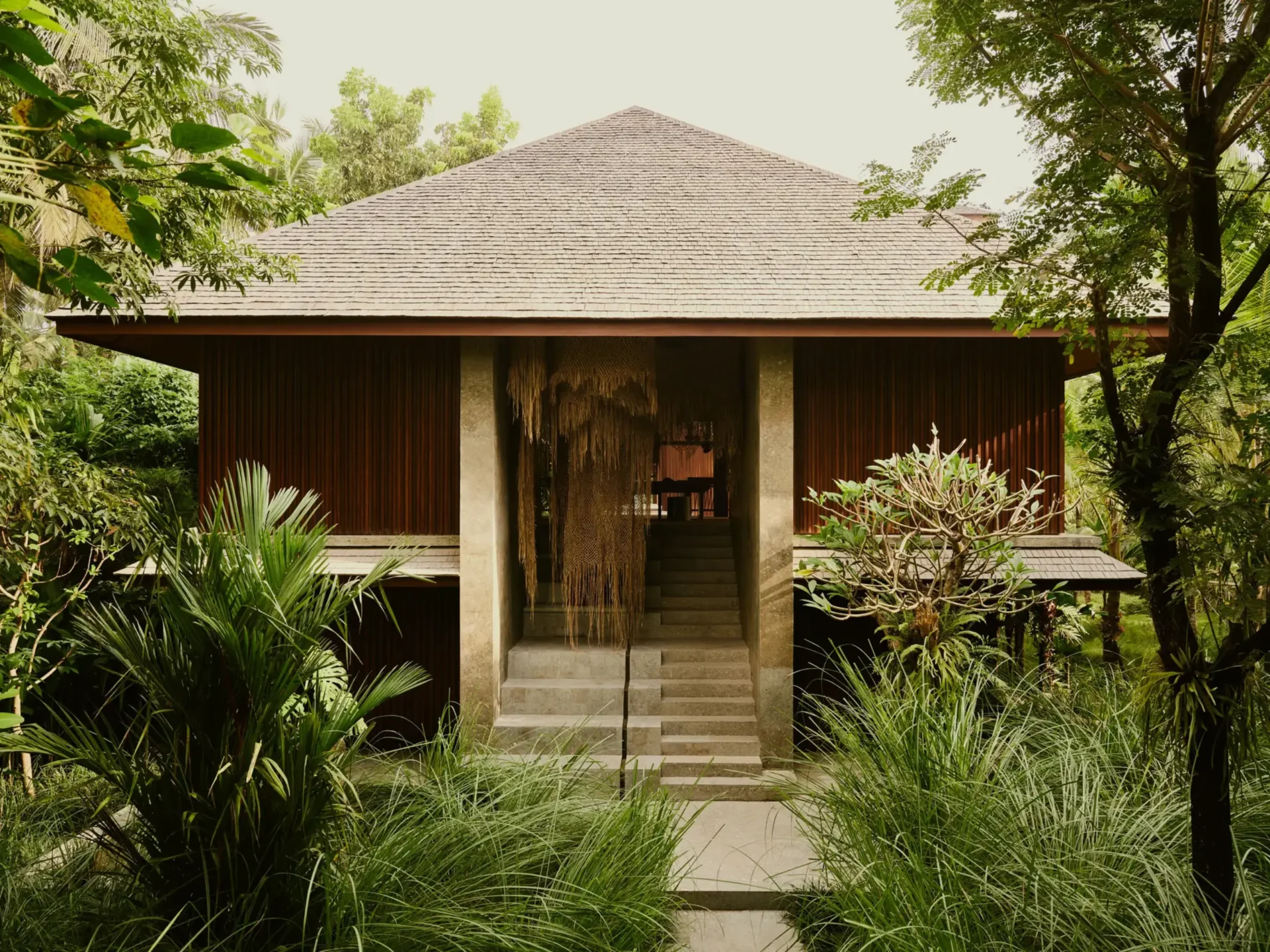No Crowds, No Clocks: Just Vietnam’s Most Beautiful Places You’ve Never Heard Of
Tucked between jungle cliffs and wind-washed beaches, Vietnam’s lesser-known coasts offer not spectacle, but a slow unraveling of silence, memory, and the self
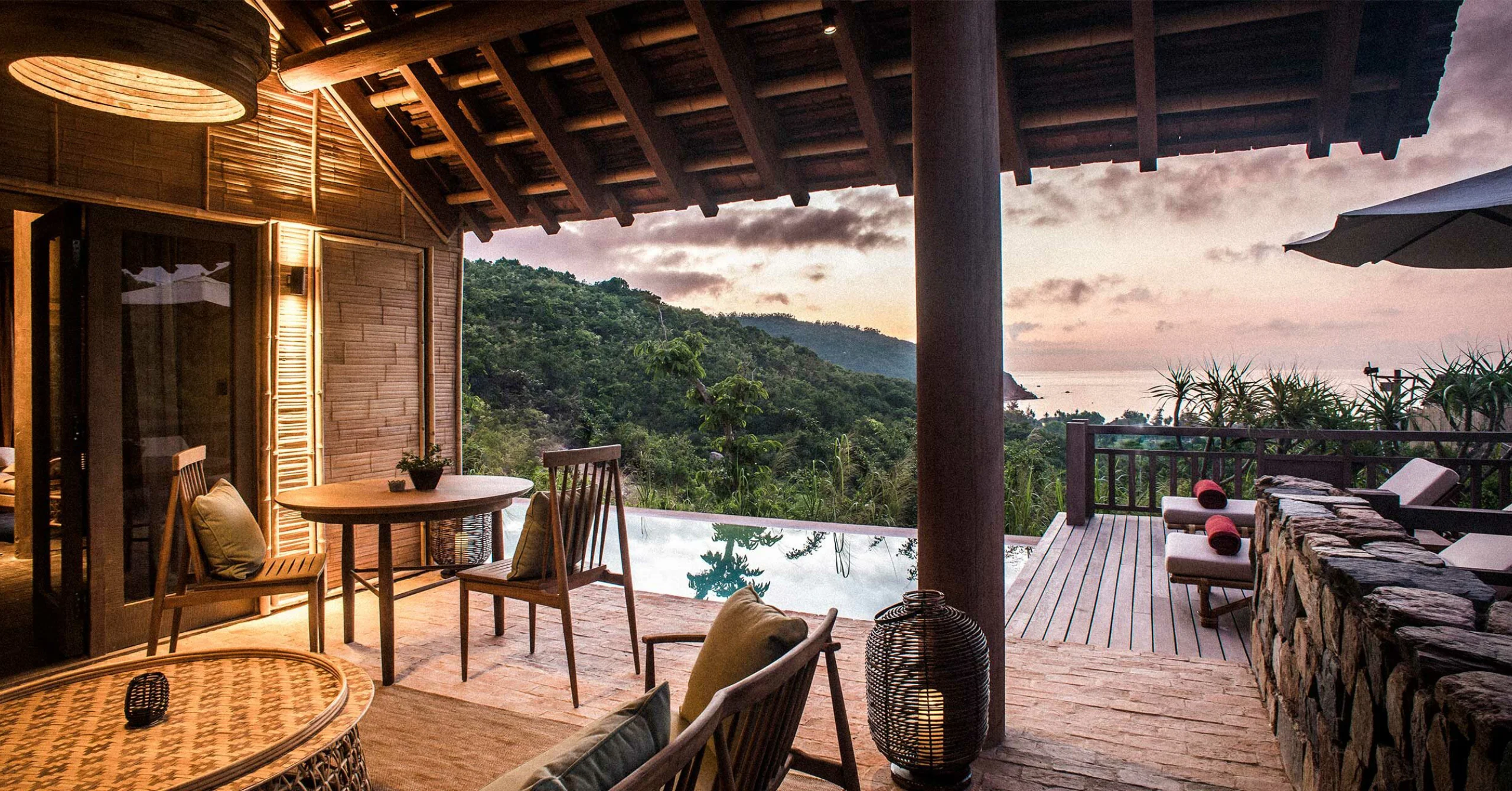
In the collective imagination, Vietnam’s coastline shimmers with postcard perfection: emerald waters, limestone karsts, the gentle chaos of fishing boats returning at dawn. But the familiar itinerary—Ha Long Bay, Hoi An, Da Nang—barely grazes the surface. For those seeking something subtler, more contemplative, Vietnam offers a scattering of sanctuaries—landscapes that speak not in volume but in tone. Places where time stretches out like silk being pulled gently from a loom.
Phu Yen
North of Nha Trang, a stretch of coast curls into itself. It is not famous, though it should be. In Phu Yen province, mountains descend into powdery white sand and rice paddies slip into the sea like a dream someone almost remembered. This is the place one could live in for a week and still forget the name of the beach visited every morning. It asks nothing but presence. A short drive inland, red earth begins to dominate the palette, and oxen still move like slow punctuation across the horizon. In the heart of this discreet terrain, Zannier Hotels Bãi San Hô offers an architectural whisper—thatched villas woven into the hillsides, pretending not to be there at all.

A traveler might arrive in Phu Yen just after a rainstorm. The road from Tuy Hoa curls like ribbon through wet palm groves, the air thick with petrichor and something floral, unnamed. At the roadside, children wave and call out in English, laughing when the traveler answers in halting Vietnamese. There is no itinerary, just a borrowed motorbike, and the occasional plastic chair café where one might sit with a coffee thick enough to hold a spoon upright.
Bình Thuận
Further south, near the ancient Cham ruins and salt pans of Bình Thuận, the coastline flattens into a long sigh. There is a rhythm to life here—a slow arc between tide and moon, between sun-up fish markets and the wind that picks up by noon. Ke Ga Bay, rimmed by golden sands and low hills, resists glamour in the traditional sense. It is beautiful the way old film is beautiful: muted, sunburnt, patient. Here, Azerai Ke Ga Bay stands like a minimalist echo, all stone and silence, facing the sea with the confidence of something built to last.
In Ke Ga, a traveler might meet a woman who sells grilled corn on the roadside. She tells stories about the lighthouse—a French relic, still operational—and insists it should be visited at sunset. They talk about her children, all grown, and the rising price of rice. Later, standing by the lighthouse, the traveler watches the sky shift from peach to navy while the scent of roasting peanuts drifts in from the village. The silence is never empty; it is filled with memory.
Ninh Thuan
A little northward, near Vinh Hy Bay, the landscape tightens. Hills rise, the sea darkens, and the wind becomes a more assertive presence. This is Ninh Thuan, a province that has never tried to seduce anyone. Its charm is earned—not given. Amanoi, tucked between jungle and cliffside, doesn’t advertise its existence. It appears only when one is already looking inward, a place where mornings begin with the sound of birds and end in wide stillness. The Cham towers nearby are remnants of an older rhythm, one that still hums beneath the surface.
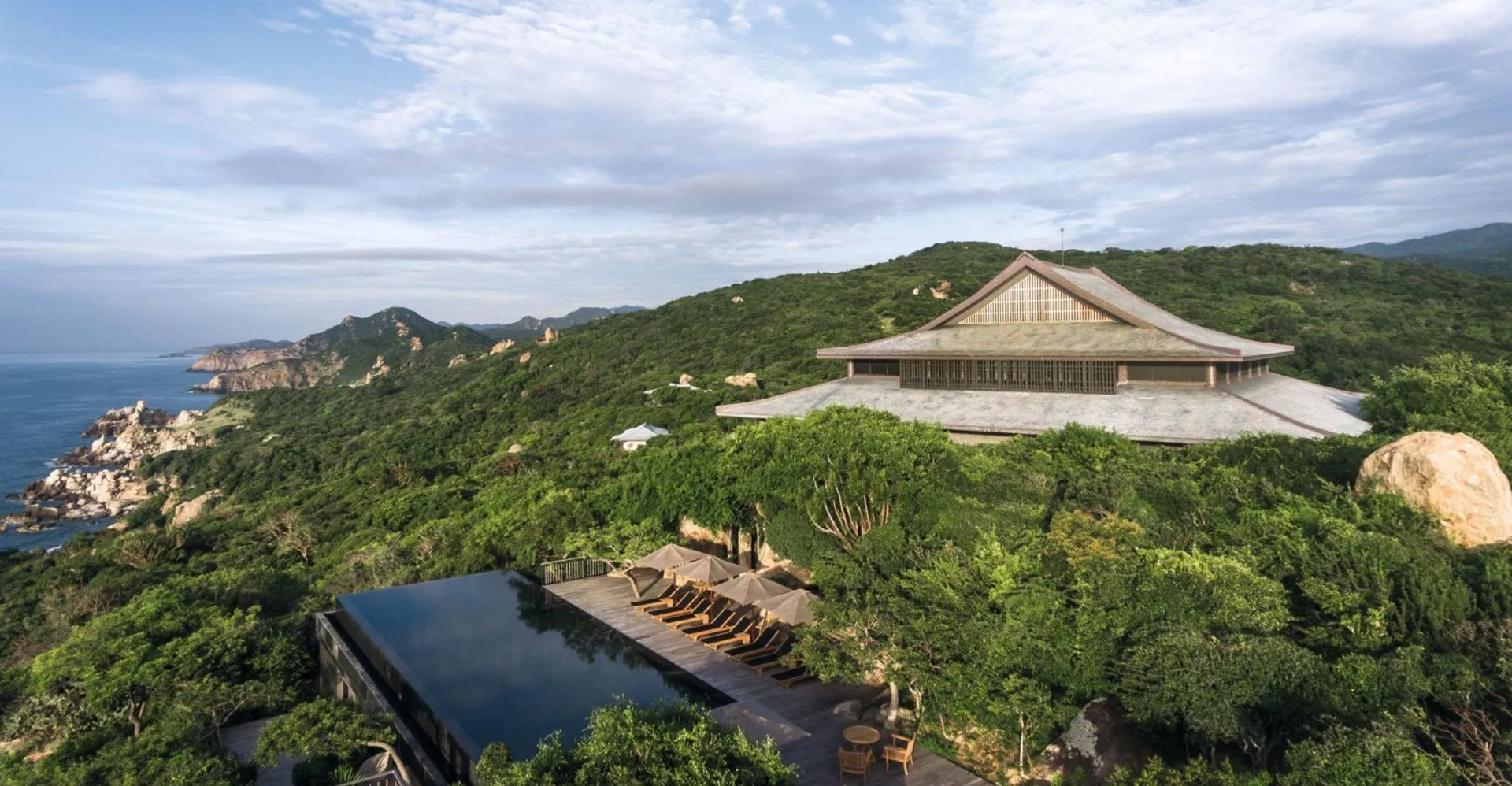
Con Dao
And then, farther south, the maps start to lose detail. Con Dao sits alone—off the southeast coast, distant in both geography and temperament. Once a penal colony, the island bears its history lightly but indelibly. Ghosts remain, not as haunts but as memory. Yet there is serenity here, stark and elemental. The jungle spills down to the sea like a green exhale, and the beaches are windswept and empty. Six Senses Con Dao doesn’t so much occupy the island as borrow space from it. Villas float like driftwood above sand. Time, here, is tidal.
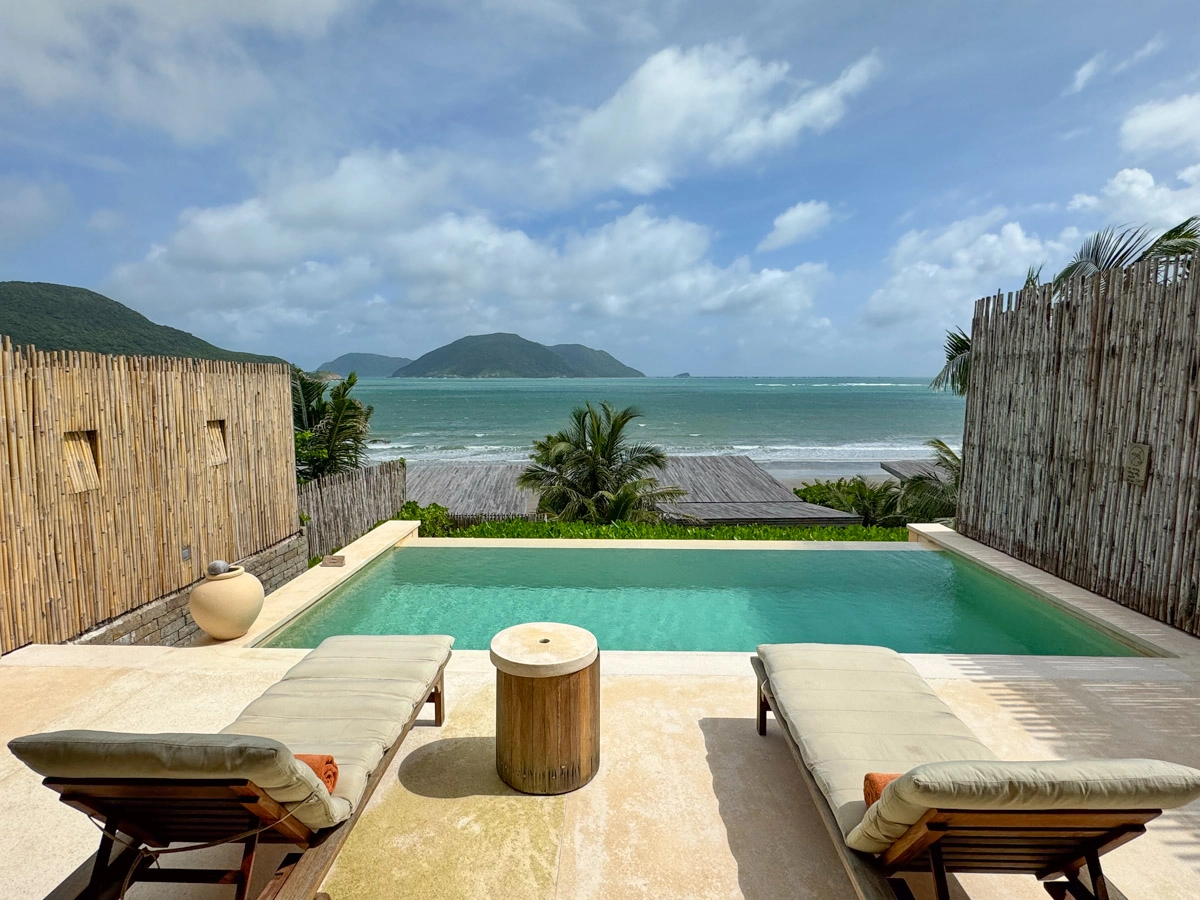
Phu Quoc
Finally, Phu Quoc—a name that does ring familiar, but still holds secrets. While the island’s edges have begun to fray under development, its south and east remain hushed. Forests press up against the coastline. Pepper farms still scent the air. And in the island’s bends, one finds stillness that feels borrowed from another decade. Regent Phu Quoc, though grand in design, is strangely reverent to the land. It seems to understand that here, luxury is less about statement and more about surrender.
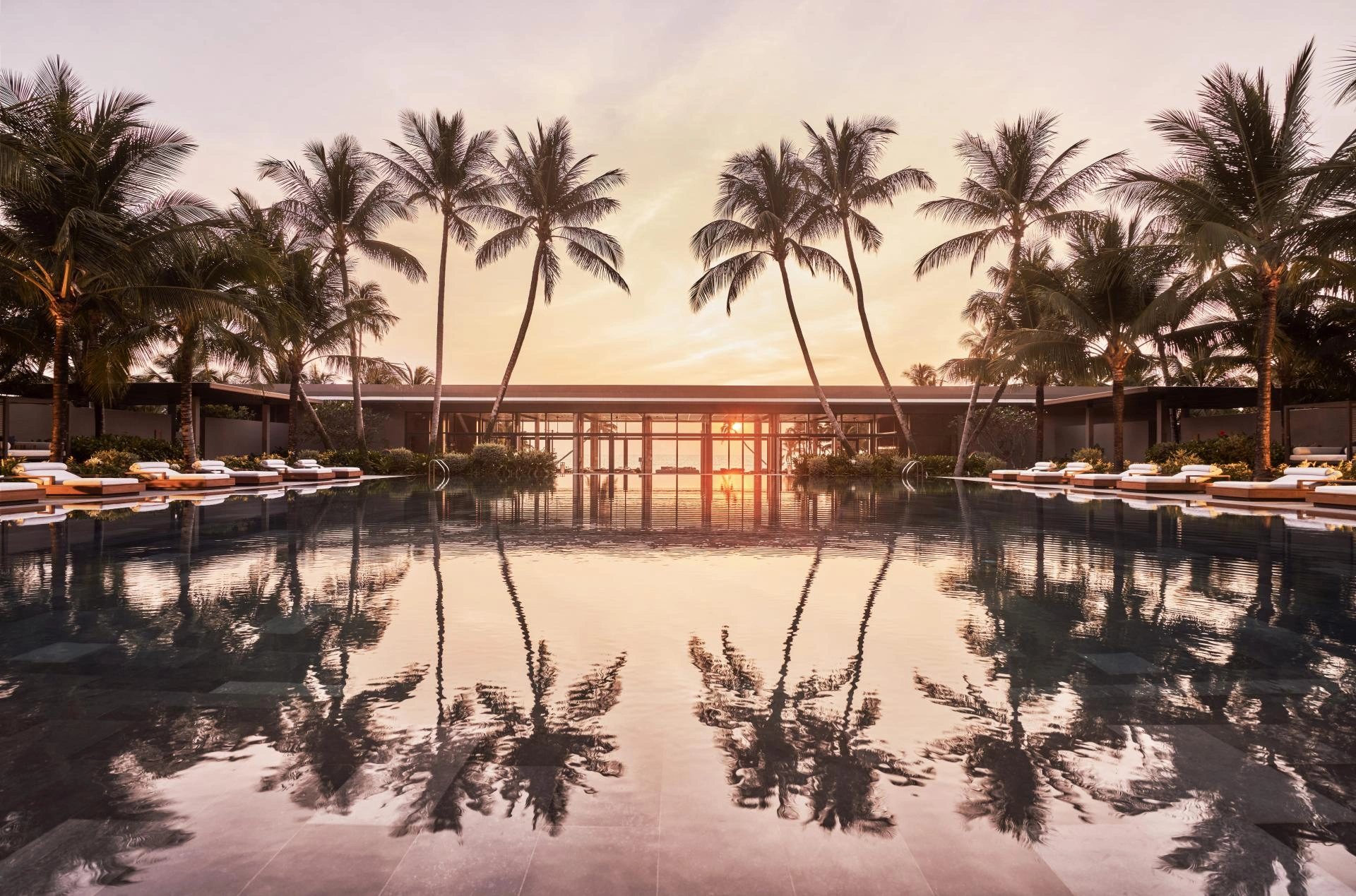
On a final night in Phu Quoc, a traveler might ride a bicycle through a pepper farm at dusk. The air smells of woodsmoke and citrus. A man fixes his net by the road, and they nod to each other like old friends. The stars come out slowly, one by one, unhurried. Nothing here is hurried. That is the lesson, perhaps: in these corners of Vietnam, paradise is not a place one arrives at. It is something that arrives within, once the search has been forgotten.
Photos courtesy hotels’ websites


